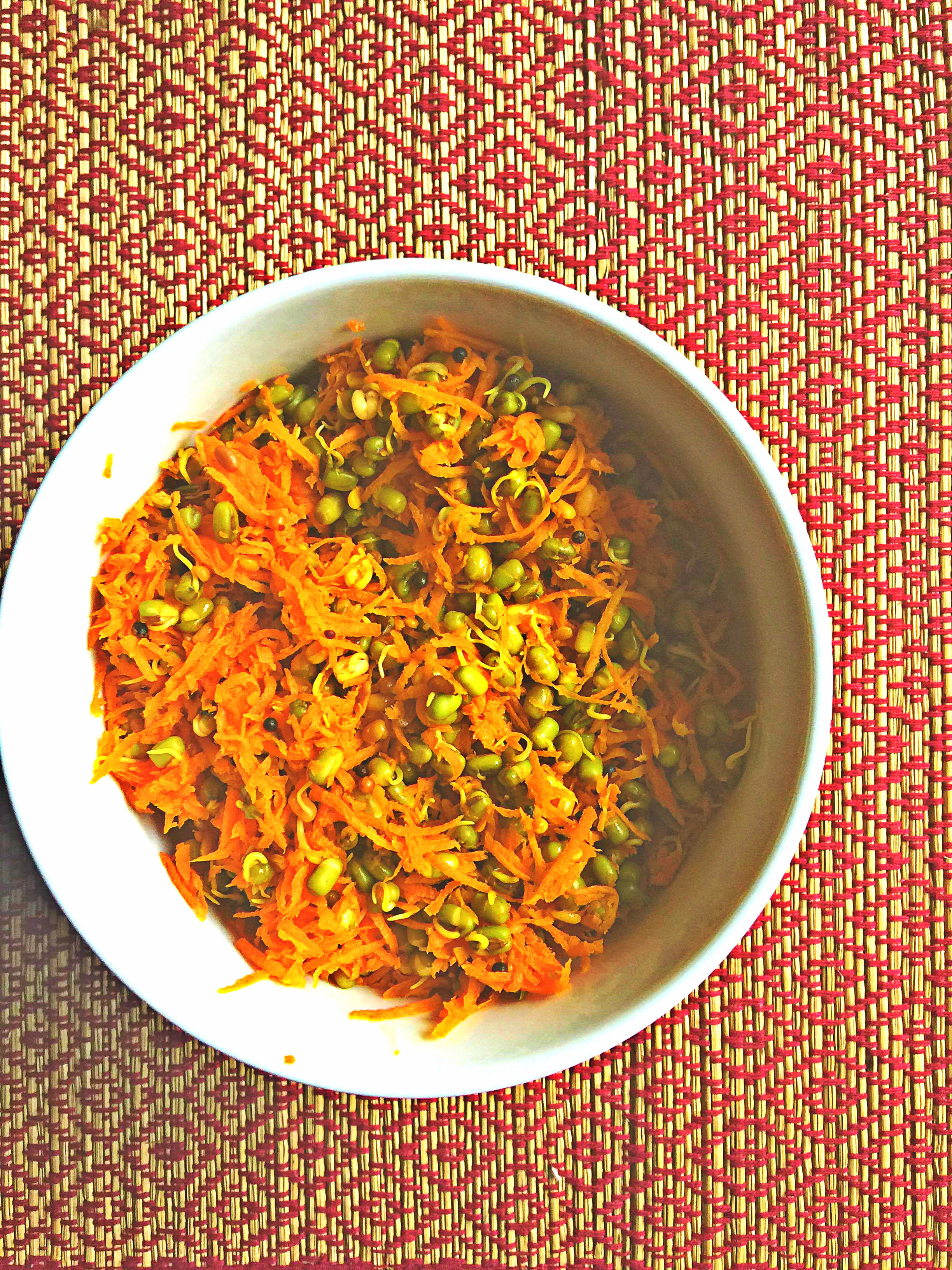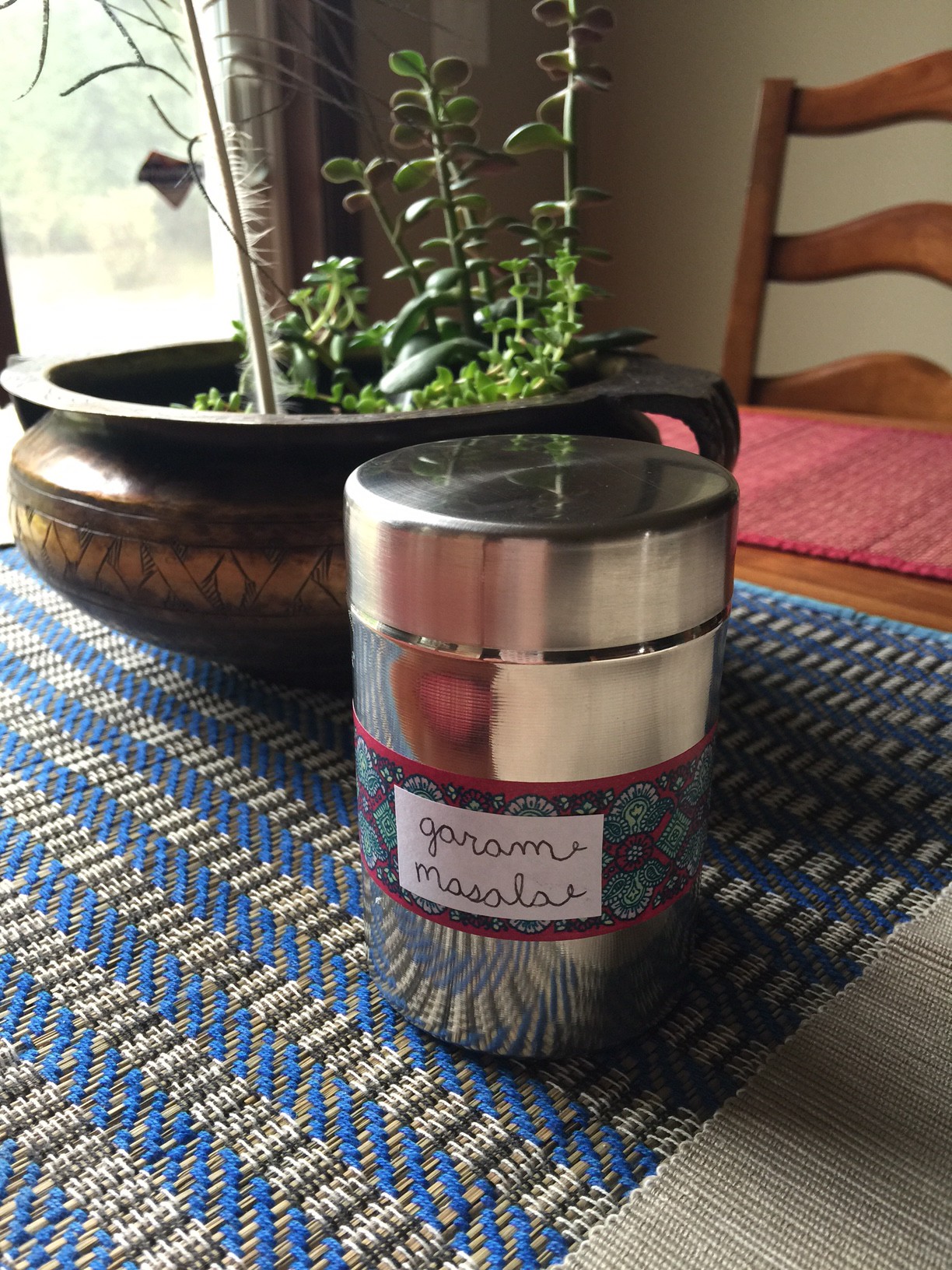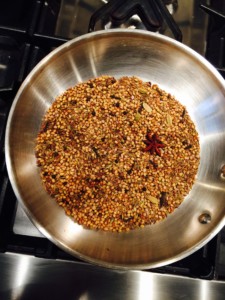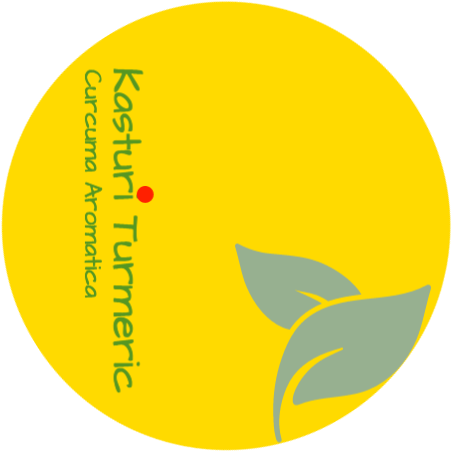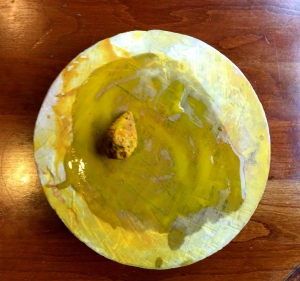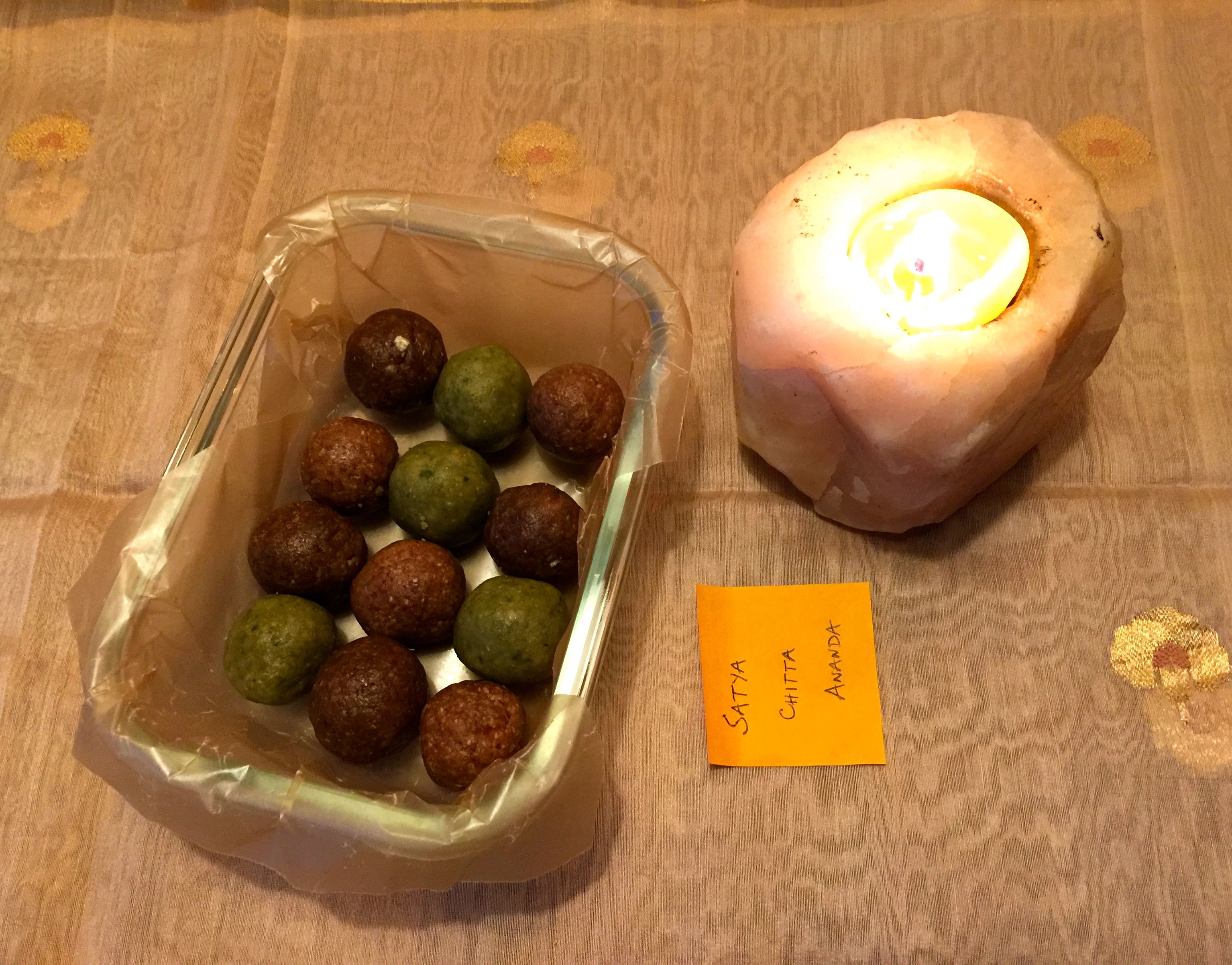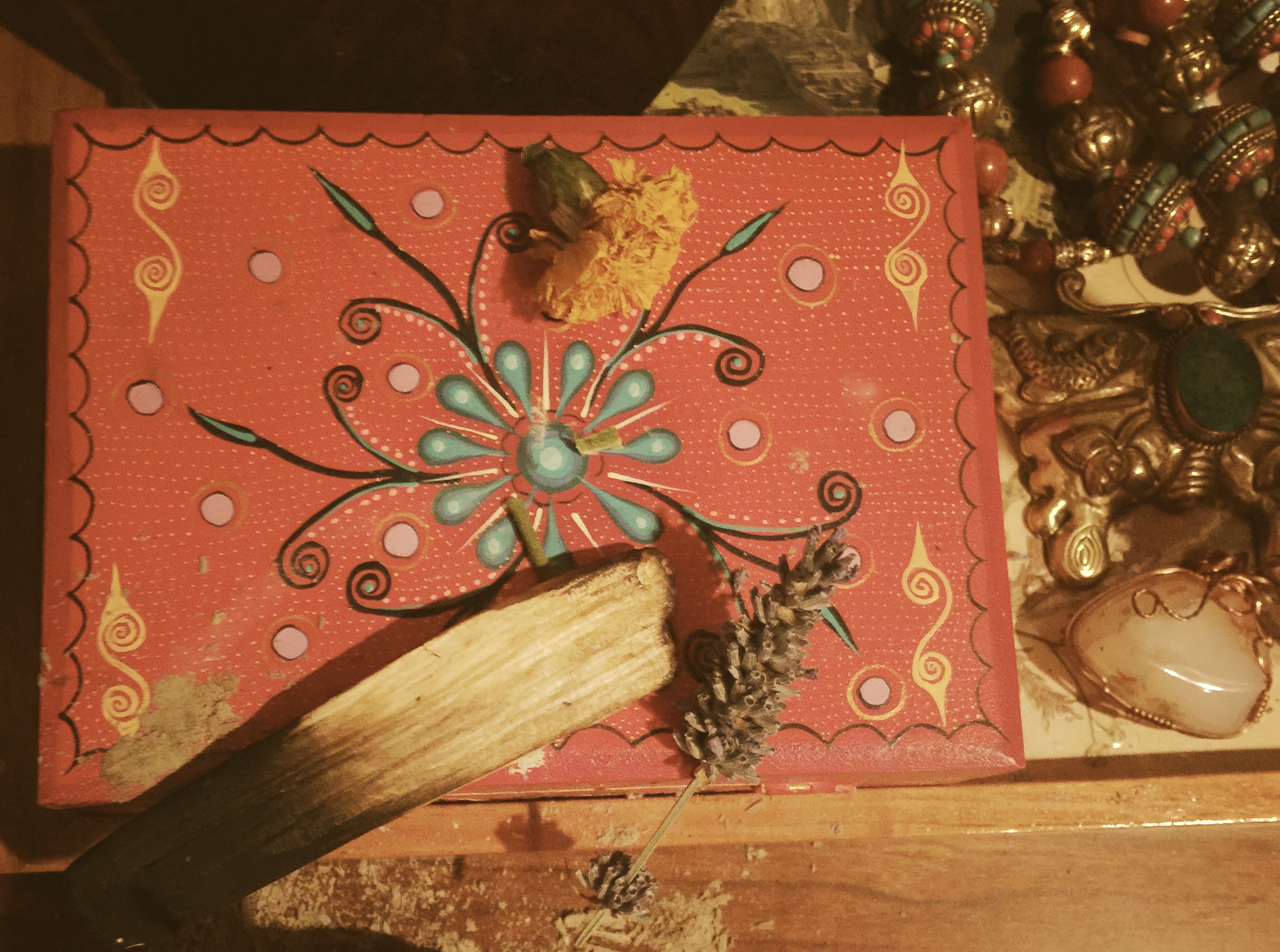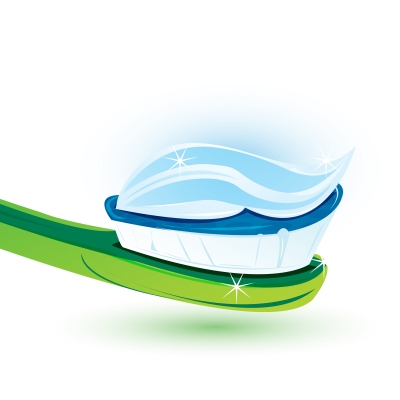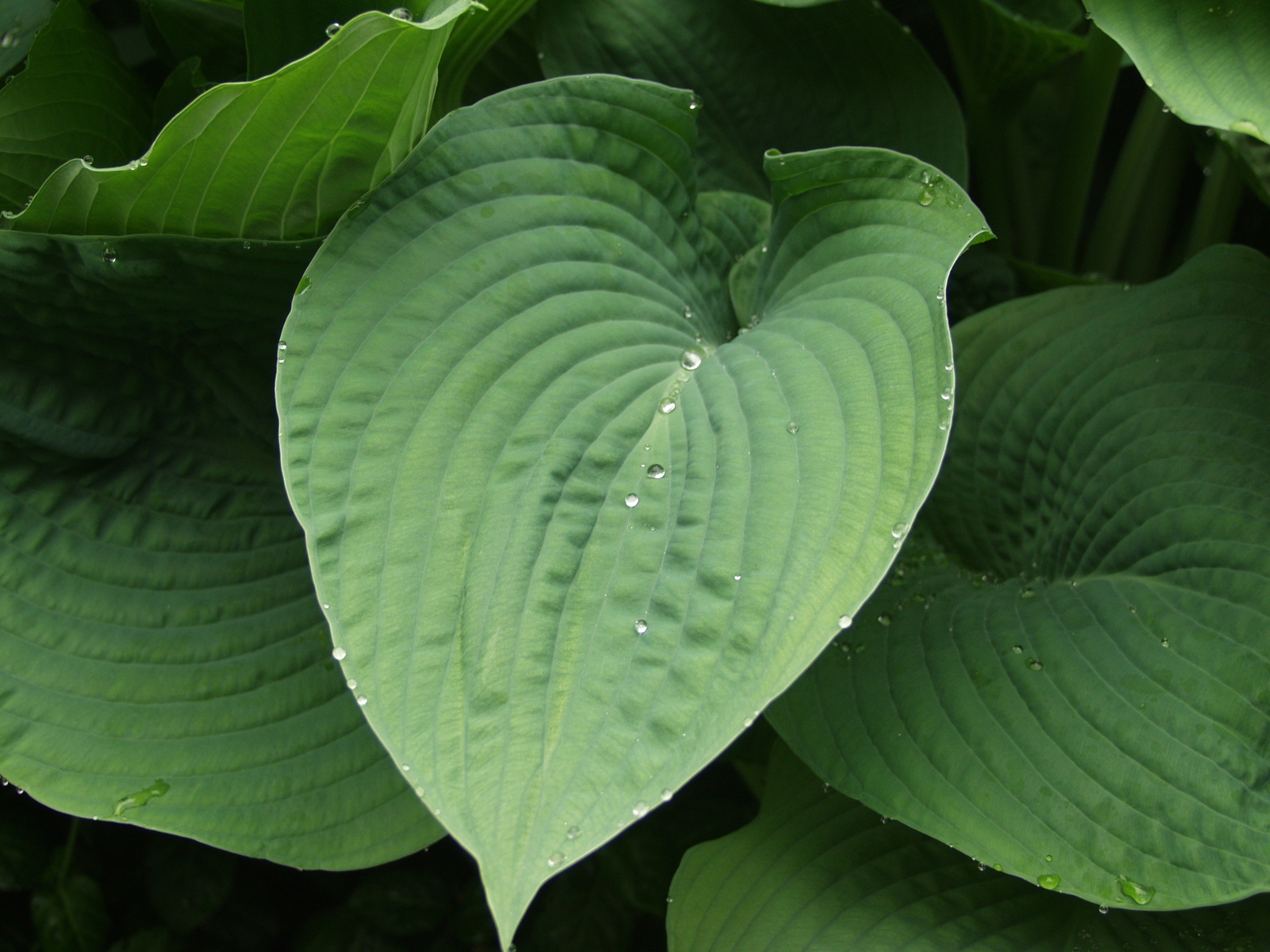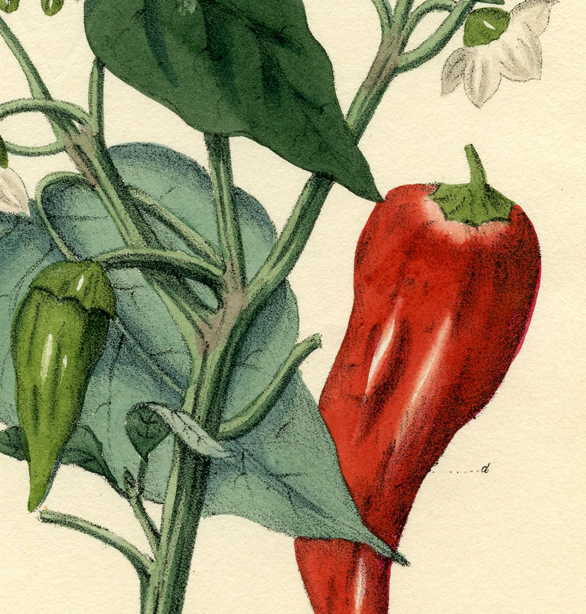A recent February 2017 New Zealand study published in Journal PLOS One grabbed my attention this morning. The study reported that eating 10 servings of fruits and vegetables a day for as little as 14 days improved psychological well-being, specifically in the areas of, motivation, vitality and flourishing, in young adults between the ages of 18 and 25 whose fruit and vegetable consumption was low prior to the study. You may want to know, ‘So what is ground breaking about this study’? We have known for years that vegetables and fruits are good for us and consuming them protects us from obesity, cancer, Type 2 diabetes, heart disease, etc. While we have known that eating more fruits and vegetables is wonderful for physical health, this is one of the first few studies to establish a connection between consumption of produce and psychological well being.
The study, done and published by a team of researchers from the Department of Psychology in the University of Otago in New Zealand, recruited 171 participants between the ages of 18 and 25. The participants were divided into three groups for a time period of two weeks. The first group continued to eat the way they usually did during the study period. The second group was personally handed two extra servings of high quality fruit and vegetables in the form of oranges, carrots, kiwi fruit and apples for two weeks. The third group was given prepaid vouchers for produce at a grocery store and this group also got text messages every day reminding them to eat more fruits and vegetables. All the study participants went through psychological assessments that measured markers such as mood, motivation, vitality, depression and anxiety at the beginning and end of the study. At the end of 14 days of the study period, the researchers found that the first and third groups had no changes in the markers that measured psychological well being, but the second group that got fruits and vegetables handed to them had marked improvements in three specific markers namely motivation, vitality and flourishing in a brief period of two weeks. All three groups did not show any improvements in mood, depression and anxiety.
My Thoughts on this Thought Provoking Study
Although the participants of the study did not show any improvement in mood, depression and anxiety in the brief period of 14 days, sustained commitment to eating more fruits and vegetables, in my opinion, would have resulted in improvements in the above markers too. Improvement in vitality, motivation and flourishing has to lead to an improvement in mood, depression and anxiety.
Millennials, the age group between 18-35, are the most stressed out generation in America according to a 2015 survey done by the American Psychological Association (APA). I have a 19 year old and know first hand a thing or two about the stress levels of young adults. Every day seems to be a poster day for existential angst. What if an extra serving or two of fruit and vegetables could relieve stress and improve mental health and well being in this age group? Could the simple act of slicing fresh fruit and handing it over to a young adult relieve some of that angst?
The New Zealand fruits and vegetables study suggests that it just might. The current USDA guideline for fruit and vegetable consumption recommends 4.5 cups from 2.5 cups of vegetables and two cups of fruit per person per day. According to the New Zealand study, we may need to double that number as 10 servings of fruit and vegetables resulted in improved metal health.
Last night, I read these beautiful words in Anthony William’s latest book Life Changing Foods, “Snacking on spinach, no matter what the season, can fuel you with renewed purpose. Tanking on a bowl of tangerine wedges, the juice running down your chin and making your fingers sticky, can alter your vibration. Eating a mango in your darkest hour can (literally and figuratively) turn your life around.” He goes on to say, “Just more than ever before we need to get away from processed foods. In their place, we need to focus on eating a higher quantity of fresh, delicious, nourishing, water rich foods.” Today, after I read the about the New Zealand study, these words ring truer than ever.
While the study recruited young adults, I have a hunch that the results will hold good for all age groups. We have been eating 4-5 servings of fruits and vegetables for some time now and have seen tangible improvements in health and well-being. However, we need to be eating two times that amount to lead us to the land of enchantment. 10 seems to be the charmed number. Let’s commit to 10, shall we?
Sources:
- Journal PLOS One; Let them eat Fruit! The effect of fruit and vegetable consumption on psychological well-being in young adults: A randomized controlled trial
- Fusion.Net; Millenials are Officially the most Stressed Out Generation in America
- Anthony William; Medical Medium. Life Changing Foods
